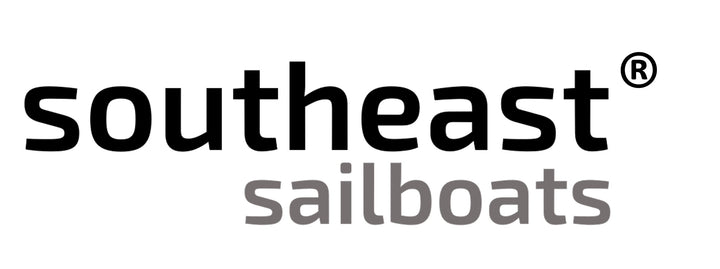
Southeast Sailboats has closed
Why? - Over the past 8 years I have designed, built and shipped thousands of ILCA control line systems to customers in over 40 countries, becoming a ‘go-to’ destination for the best in innovative solutions for the ILCA. At the age of 68 I now want to focus on sailing and family. I would like to thank my customers for the wonderful emails that I have received since announcing the closure in my last newsletter. Contact details - you can still contact me at max@southeastsailboats.co.uk for advice, warranty information, gift voucher redemption, and re-roping services. CarbonParts compass mounts - please contact me at max@southeastsailboats.co.uk - these are now available via a growing number of UK retailers. Rigging instructions – can be accessed via the newsletter link below.
Southeast Sailboats newsletter will keep you informed of the latest ILCA developments
Sign up for the latest on ILCA developments via Southeast Sailboats free newsletter https://southeastsailboats.substack.com/about
© 2026 Southeast Sailboats.